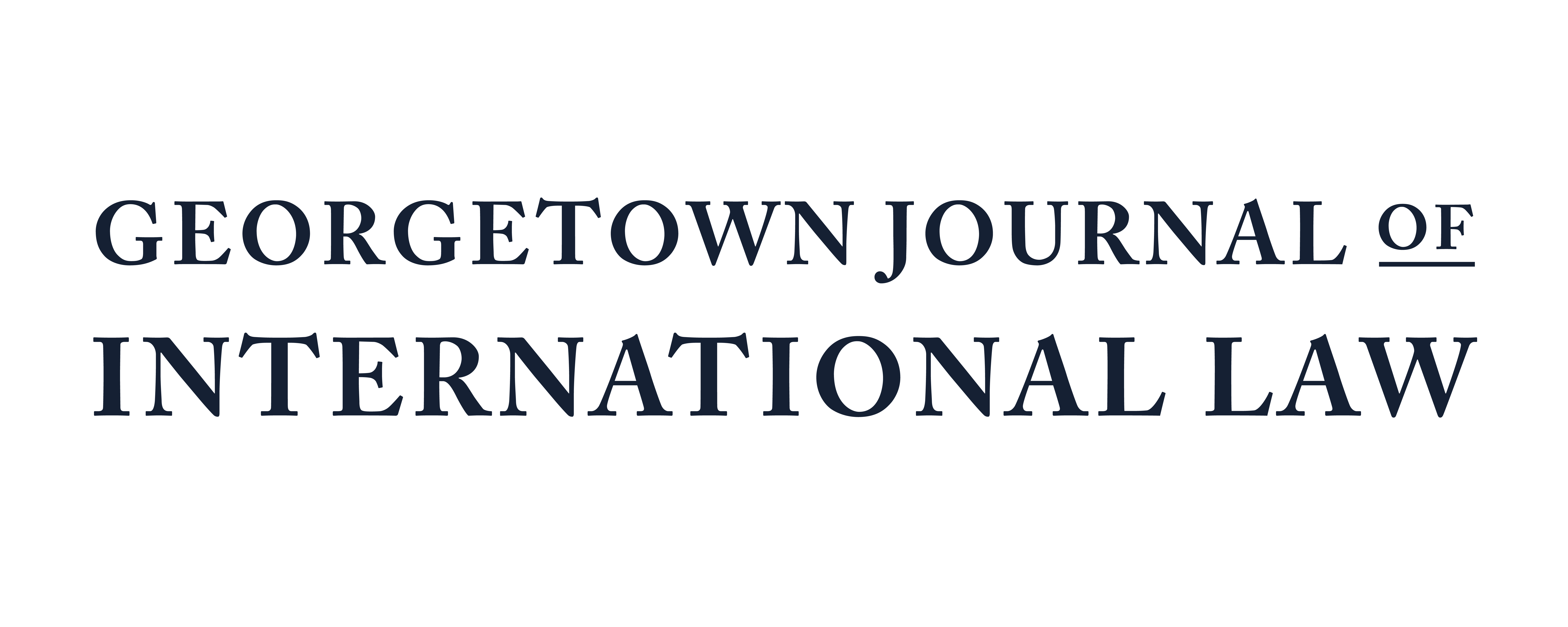Model BIT: An Ideal Prototype or A Tool for Efficient Breach?
In today’s global economy, there are approximately 2,329 Bilateral Investment Treaties in force. The primary purpose of a Bilateral Investment Treaty (BIT) is to provide some level of protection to the investors making a foreign direct investment. BITs namely provide protection against situations where the host state takes discriminatory action against investors, including expropriation of investor property or property rights infringement. Because BITs are primarily “investor-favored,” a substantial number of BITs are based on various versions of Model BIT, a pre-drafted contract template that is often formulated by a state with the most investors and capital. While the rationale behind creating a Model BIT is often said to be for the promotion of efficiency and consistency, the actual reason for the signatory states to enter into a BIT based on the Model BIT is the inequality in contractual bargaining power between the investors and host countries who have a need to attract foreign capital. However, a truly effective BIT should be one that is drafted and negotiated on a case-by-case basis, taking into consideration the parties’ circumstances, including factors such as politics, economy, culture, and geography. No matter the extent of investment protection a Model BIT may offer, a state, regardless of its wealth or status, has inherent sovereign rights that it can exploit to breach the terms of a BIT. Therefore, a more reasonable approach to promoting foreign direct investment should not be to simply proliferate the number of BITs across the globe, but instead to adopt BITs that are formulated with due diligence and aimed at minimizing the likelihood of breach by the host state.
Subscribe to GJIL
